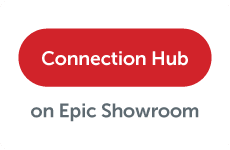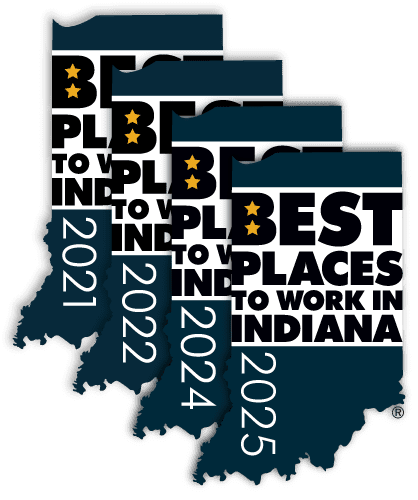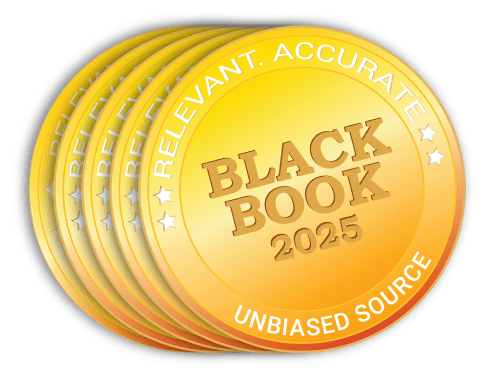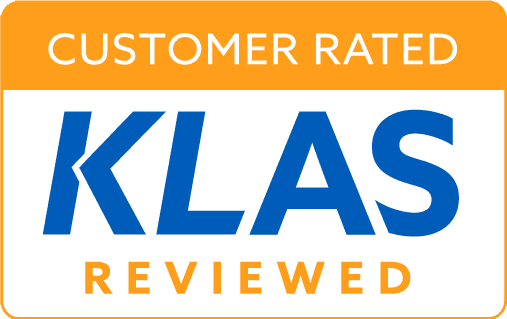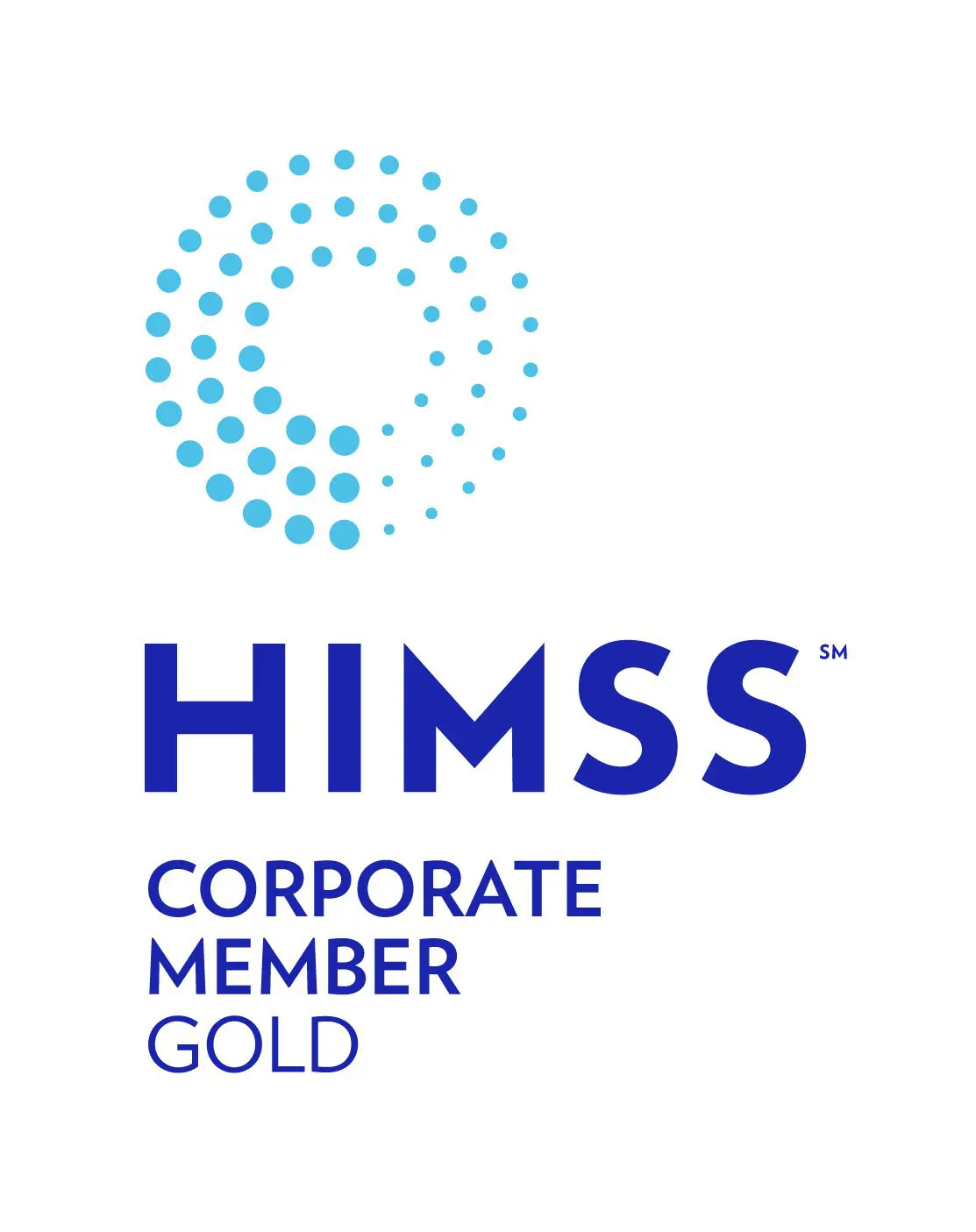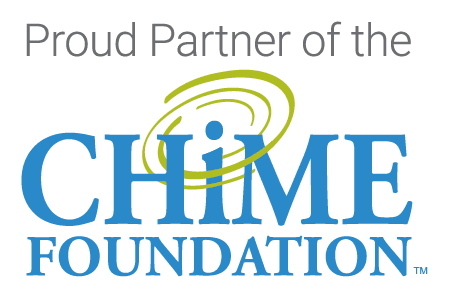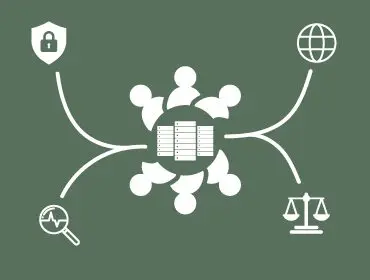
Why is Data Governance Important in Healthcare?
Between the astronomical growth of health data volumes and the increased regulations for interoperability, that includes long-term required retention of many types of records, health information management has become a complex operation.
Looking at the numbers, about 30 percent of the global data volume is generated by the healthcare industry. In the next few years, health data is expected to reach a 36% compound annual growth rate (CAGR) which puts it ahead of manufacturing, media/entertainment and finances. With the average hospital producing about 50 petabytes of data every year, more than twice the amount of data housed in the Library of Congress, the business of healthcare data management requires serious attention.
Add in the regulatory requirements from the 21st Century Cures Act that mandate strict rules for data sharing, patient access and prohibit information blocking, a and there needs to be a carefully guided plan within each healthcare organization.
This is work for a cross-functional team focused on data governance.
What does data governance mean in healthcare?
Quite simply, data governance in healthcare centers around having processes and practices that ensure best practices for clinical records (patient records, test results, medical images, prescriptions, etc.)
AHIMA’s definition of data governance: The overall administration, through clearly defined procedures and plans, that assures the availability, integrity, security and usability of the structured and unstructured data available to an organization.
How a data governance team supports successful healthcare data management
Considering the large volume and critical nature of health data, its management must be a team effort. The responsibility to keep clinical, financial and business data secure, accessible, compliant, and interoperable requires staff members across the healthcare enterprise. Coordinating this effort is essential.
This is where a Data Governance Team can be a significant asset with a cross-functional group working together to develop solid strategy, policies and plans to best serve the organization. Governance teams represent functions across the organization including compliance, legal, business operations, and technical teams – with members of the organization’s senior leadership (C-suite and stakeholders from senior management) included as part of a Data Governance Council that helps set overall direction and policies.
The benefits of data governance in healthcare
The primary benefit of a robust data governance program is an efficient data organization that contributes to improved patient care. Clinical teams benefit from being able to quickly locate and use the information they need both in-the-moment and long term. Other benefits include improved compliance with regulatory requirements such as HIPAA and improved ability to manage insurance claims including those with Centers for Medicare and Medicaid Services (CMS).
The differences between data and information in healthcare
While data governance is set at a big picture view, there are many different formats and types of data that need to be included in the plans. Generally speaking, healthcare information is processed data, meaning that data is the raw facts stored as characters, words, symbols, measurements or statistics. Healthcare information uses the data to create contextual meaning from the individual data points.
There are two main types of data:
- Structured data is that which is quantitative and easily formatted into a database and usable within analytics and other decision-making systems. Structured data in healthcare includes things like patient demographics (i.e., age, gender), height, weight, blood pressure, laboratory tests and medications.
- Unstructured data includes narrative data like clinical notes, surgical records, discharge summaries, medical images, pathology reports, etc. There is a lot of valuable information stored in unstructured data sources, but it is more complicated to extract than from a structured data source.
Data governance needs to include plans and policies for structured and unstructured data. This includes images (i.e., X-rays, MRIs and digital pathology files) and information such as written narratives (i.e., notes, problem lists, discharge summaries), prescriptions, allergies, and more.
The lifecycle of health data management
There are many critical decisions that must be made throughout the five steps of the health data lifecycle, outlined by AHIMA as:
- Record data in health information systems.
- Process. Series of actions taken to create a product and/or service.
- Use. Access, share and analyze.
- Storage. Maintain and archive.
- Disposal. Destruction per retention schedule.
Any time there is a need to convert data from one system to another, either due to a system upgrade or system replacement, the biggest question is what to do with the data that is left behind that often must be kept for years to come to meet retention requirements.
The role of legacy data management in a data governance plan
The primary options for legacy data management that can support compliance with the 21st Century Cures Act include:
- Convert legacy data to new EHR. While clinical and HIM teams would like to have access to all historical data available in the new EHR, it is costly, complex and time consuming to map and move all of it. Most provider organizations convert key clinicals (PAMI+P) from the past 12-24 months to the go-forward EHR.
- Migrate legacy data to active archive. An active archive is an open database that allows for easily mapped, migrated, and consolidated discrete data elements that are readily accessible via Single Sign-On from the go-forward EHR for clinicians and by direct login by the HIM teams to perform release of information workflows.
It is important to have a legacy data strategy with data governance guidance to support the organization’s overall data management goals.
We’ve outlined some steps to get started.
Seven steps to implement strong data governance for legacy data:
- Create a culture that understands the value of lifecycle data management. Legacy data is a critical piece of the overall data within the healthcare system. It should be prioritized and valued just like other projects. There are many ways to share insights and information with the organization to showcase the positives of data enablement. This can be messaging from senior leadership and include demonstrated use cases of how access to longitudinal data supports better outcomes.
- Identify a business sponsor per legacy software application. While the overall Governance Team should include cross-functional representation from IT, HIM, Legal, Finance and others who play a role in overall data governance, it is important to also include a sponsor/project manager for each legacy application to ensure that if any barriers occur, there will be an accountable resource from a validation perspective.
- Establish project manager. Have a dedicated project manager who serves as a central point of contact for all archiving projects. This person will provide a structured approach to all archiving projects.
- Determine the pathway and ultimate resting place for the data. The content of each legacy data source should be analyzed to determine the best approach for archival. This is the time to pose questions about the future access frequency for the data. If the data requires frequent access for HIM teams, it should reside in an active archive like HealthData Archiver® with a user interface that includes rich workflows for release of information, purging, redaction, notes and Single Sign-On. If the data requires access once or less per year, it may be a candidate for a long-term storage solution like HealthData Locker™ that does not include a user interface but does offer user technical access options for file copy or ODBC connection. For accounts receivable information, HealthData AR Manager®, a comprehensive billing and collections option may be needed. Other items to consider include a DICOM viewer for diagnostic images, migrating/converting some data to the go-forward EHR system and data integration into other applications across the enterprise (i.e., population health, consumer access to a patient portal and research databases).
- Track progress. Develop a system and framework that utilizes systemized tools to support the strategic, operational, and tactical levels within the organization. Specialized solutions can be implemented on-premises or in the cloud and support business, IT and security efforts.
- Develop a repeatable application rationalization and data governance playbook. This living document will serve as a guide through future mergers and acquisitions with the organization’s plan for legacy systems, aging hardware, cost, and security considerations.
- Encourage communication. Change can be unsettling and pro-active communication about what is happening with the data and systems will help aid clinicians and others who access the data to become comfortable, and even appreciate, the new ways of doing things.
While there isn’t a one size fits all approach to data governance, there can be an organized approach within the healthcare organization to utilize best practices for data stewardship that begins with a Data Governance Team and evolves with the changing requirements for the complete lifecycle of health data.
Our team is equipped to support healthcare providers of all shapes and sizes throughout the entire data lifecycle. Our HealthData Platform™ of solutions offer secure management of protected health information through storage, workflows, transactions, and interoperability.
We can support providers who are establishing Governance Teams or those who are at a crossroads in terms of where to go next with their lifecycle data management efforts.
Thinking about data governance? We are too.
